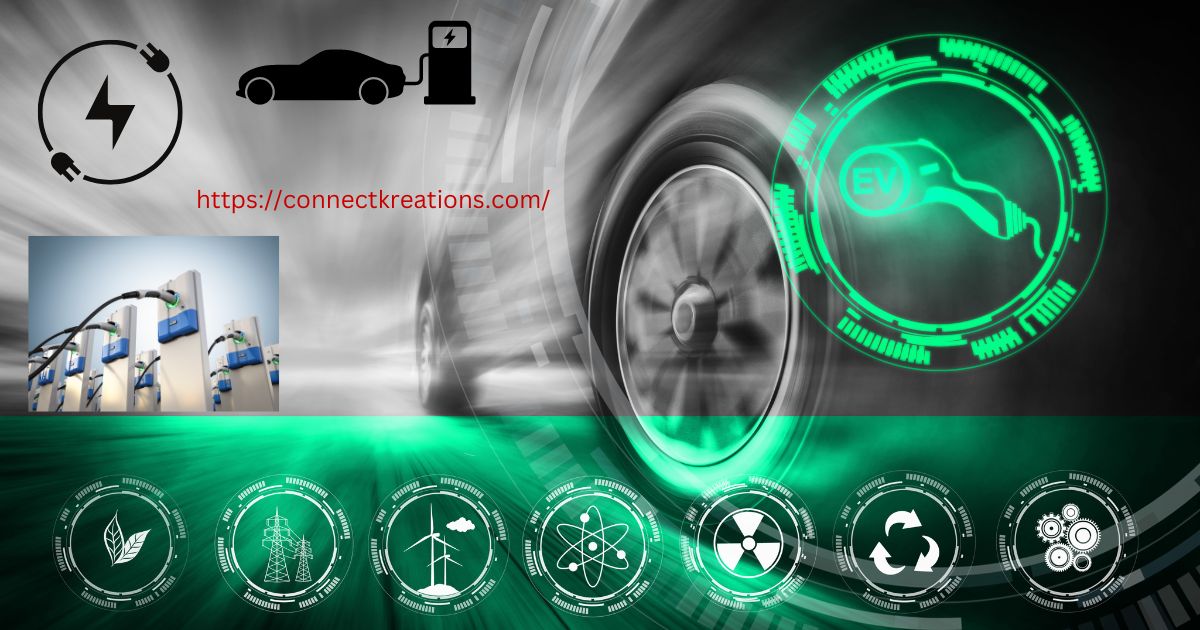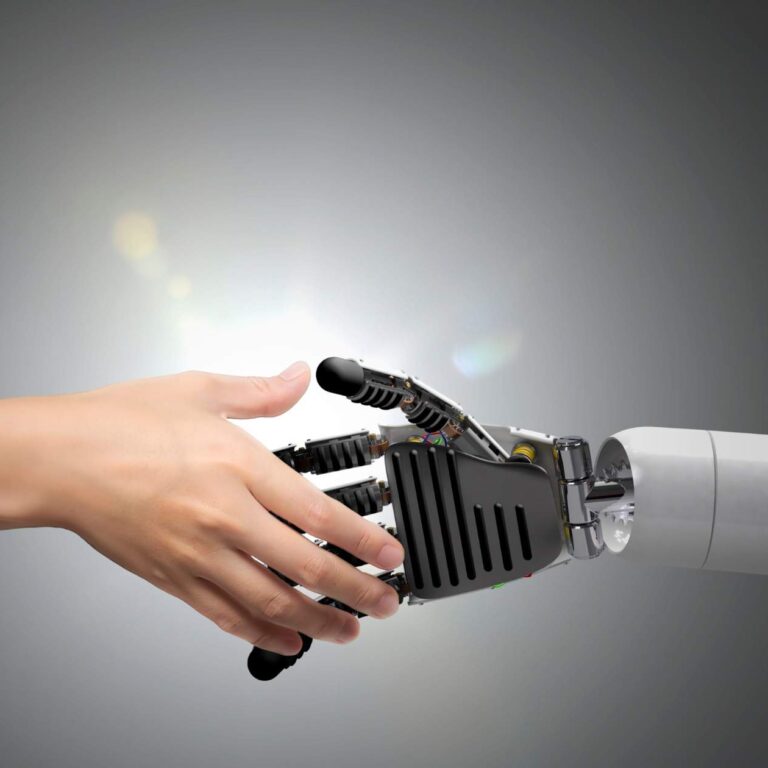
The Future Of High Energy Density Batteries.
Introductions
Teslas Advanced Battery Research Group Canada, working with Dalhousie University in Canada, has released a new paper about a new nickel-based battery that can last for 100 years, and which compares favourably with LFP cells in terms of charging capability and energy density. The paper describes the chemistry of the nickel-manganese-based battery, designed to rival LFP cell durability, while still maintaining properties that people love about nickel-based batteries, such as the higher energy density, allowing longer driving ranges for electric vehicles using less batteries.
Understanding The Change
Future electric car batteries need to charge more quickly, have higher energy density, and have lower material costs compared with the current lithium-ion (Li-ion) battery technologies. Research areas of Li-ion batteries include increasing life, increasing energy densities, improving safety, lowering costs, and increasing charging speeds, among others. Lithium-ion has recently emerged as a leading rechargeable battery chemistry because of its increased energy density over other technologies.
Li-ion boasts higher energy densities than older nickel-cadmium batteries, as well as no memory effect, which causes batteries to lose their stored capacity as they are used continuously. Lithium-ion batteries boast a high energy density, lack a memory effect (except in LFP cells), and have a low self-discharge. However, they may pose safety risks as they contain a flammable electrolyte, which if damaged or improperly charged, may result in an explosion and fire.
The lack of enclosure gives the bag cells their higher gravimetric energy density; for many practical applications, however, they still need some external means of containment in order to prevent swelling at higher states of charge (SOC) levels, and to ensure overall structural stability of the battery packs of which they are a part.
For a long time, scientists have been trying to realise the potential of solid-state electrolytes, which are capable of holding significantly more energy per volume, and of charging in far shorter times, compared with traditional lithium-ion batteries. One obvious way to improve energy density of a ion battery is by using an insertion cathode that has higher potential, or charging capacity.
Pnictogens, while having a higher theoretical charge capacity, are usually too unstable to use as conversion cathodes at the usual operating temperatures for batteries. Self-discharge — the process by which tiny chemical reactions within the cell cause the capacity to decrease over time — is minimal in lithium-ion technology.
This greatly increases battery efficiency and increases battery storage capacity. Using reliable, high-density cells, this could result in EV batteries fully charging within 10-20 minutes.
Future Thoughts
The growing and requirements demand for batteries has led vendors and scientists to focus on improving energy densities, operating temperatures, safety, durability, charging times, power output, eliminating the need for cobalt, and the cost of Li-ion battery technologies. The increasing demand for batteries has led vendors and academics to focus on improving the energy density operating temperature, safety, durability, charging time, output power, elimination of cobalt requirements, and cost of lithium ion battery technology.
The U.S. Environmental Protection Agencys Design for the Environment (DfE) program and the Office of Research and Development (ORD) established the Nanotechnologies for Lithium-Ion Battery Products Partnership (NLBP) to perform screening-level life-cycle assessments (LCAs) for both existing and future (e.g., Single Walled Carbon Nano Tubes [SWCNTs] for use in hybrids and electric vehicles.
As a sample case study, details regarding the NanoPower Research Laboratorys recent work at RIT aimed at improving Li-ion batteries by replacing the graphite materials used in anodes with carbon nanotubes (CNTs) to improve the performance of Li-ion) battery technologies, to use them in hybrids and electric vehicles) lithium-ion) battery technologies, using CNTs as anodes) lithium-ion (Li-ion) battery technologies, will be highlighted.
The collaboration can also compare the impacts of using lithium-ion batteries versus lead-acid batteries, in terms of function units (i.e., impacts per kilometer). A battery with higher power output (e.g., the type intended for HEVs) would not necessarily have the same electrode materials as one designed for higher power output (i.e., the type intended for electric cars).
Active metal anodes, which are of the highest theoretical energy density of any cataclysmic species, because they are 100% active materials, have been used far longer than insert anodes or alloys in primary batteries. The very high theoretical lithium capability (3,829 mah/g) provided compelling motivations for development of rechargeable batteries using elemental metals as anodes from the 1970s.
The practical implementation of the high-energy-density lithium-ion batteries has revolutionized the handheld electronics industry, as demonstrated by widespread market penetration in cell phones, laptop computers, digital music players, and other light-weight devices from the early 1990s. Toyota made battery technology a top priority, viewing solid-state batteries as the solution to limited ranges and lengthy charging times that prevented the wide spread adoption of electric vehicles. Battery technology could become the cornerstone of an energy transition, helping decarbonize transportation and providing the crucial backup to intermittent solar and wind power in electricity production.
Such combinations of new power-generating systems with batteries that have a longer shelf-life should provide us with comfortable living. Longer lasting batteries decrease need for costly energy storage systems and costs to consumers. In the future, cheaper, 240-Ah cells also should help enable the creation of what is known as the Gemini series of battery packs, which will begin commercial production from 2026.
A new prototype of that hybrid battery pack is set to go on sale in late-year BMW iXs for testing. In a press release announcing the new 240 Ah cells, Our Next Energy said cell-level costs are expected to drop to $50/kWh. The battery startup supported by BMW, has unveiled an anode-free, large-format prism-shaped 240 Ah cell, which has a power density of 1007Wh/L.
As nanomaterials are emerging as a potential source for higher battery energy densities, we are investigating their market presence and possible effects that their presence will have on the process of mining. E Bond energies from different interactions are present in battery materials. Negative electrode technology Density Longevity Target company Application Date Comments Graphite-Targray. The dominant negative electrode material used in lithium-ion batteries, limited to a capacity of 372 mAh/g.
Thank You!.
- Do Read on Extended Reality: The Future Real Visualization: Read Now
- Do Read on Digital Twin Technology the era of visualization: Read Now
- For Placement Preparation. Placement Cell
- FOR MORE COURSES. FREE COURSES
- FOR JOB UPDATES. JOB AND INTERNSHIP UPADTES
- For Latest Trends in Technology. Technology Blog
About Connect Kreations
We the team Connect Kreations have started a Blog page which is eminently beneficial to all the students those who are seeking jobs and are eager to develop themselves in a related area. As the world is quick on uptake, our website also focuses on latest trends in recent technologies. We are continuously putting our efforts to provide you with accurate, best quality, and genuine information. Here we also have complete set of details on how to prepare aptitude, interview and more of such placement/ off campus placement preparation.
The website is open to all and we want all of you to make the best use of this opportunity and get benefit from it..🤓
- Our Websites: Connect Kreations
- Our Websites: StudentsDev Connect Kreations





